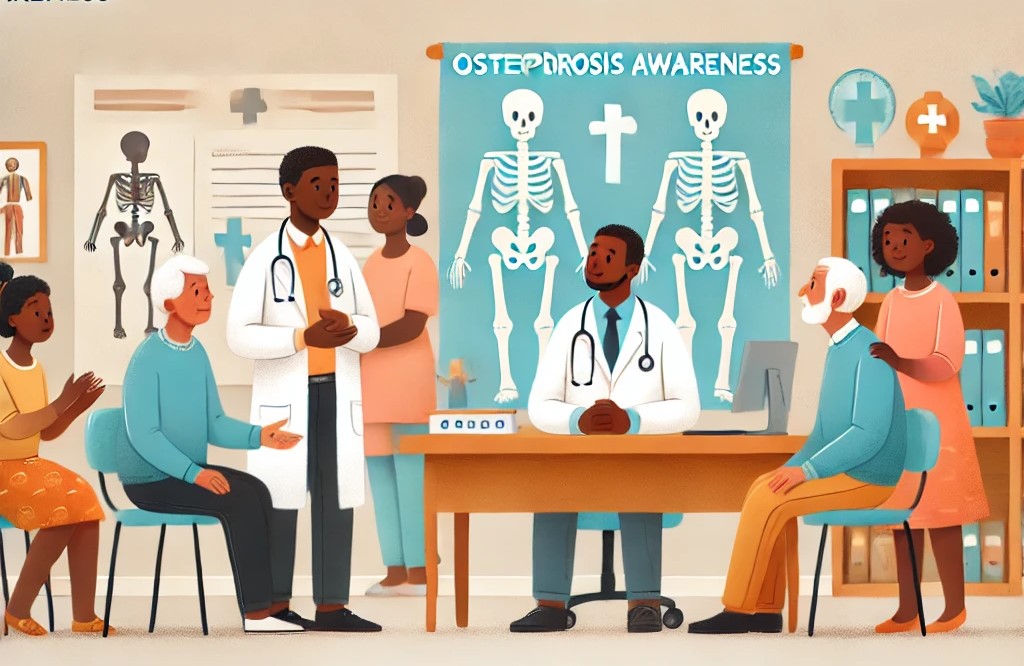Osteoporosis is a condition that weakens bones, making them porous, brittle, and more likely to break—even with minor stress or impact. Often referred to as a "silent disease," it typically progresses without symptoms until a fracture occurs.
Why Is It Called a "Woman’s Disease"?
Although osteoporosis can affect anyone, it is significantly more common in women. Statistics show that:
- 1 in 3 women over the age of 50 will suffer from osteoporosis.
- 1 in 5 men in the same age group will also be affected.
This gender disparity has led to the informal nickname, "woman’s disease."
Symptoms of Osteoporosis
While osteoporosis often develops silently, some signs and symptoms may eventually appear, including:
- Chronic or sudden pain (often in the back or hips)
- A visible hump or curvature in the upper back
- Noticeable loss in height over time
Common Sites of Osteoporotic Fractures
Bones weakened by osteoporosis are prone to breaking from everyday movements like bending or even coughing. The most common fracture sites include:
- Hip
- Wrist
- Spine
These fractures can lead to long-term complications, especially in older adults, affecting mobility and quality of life.

